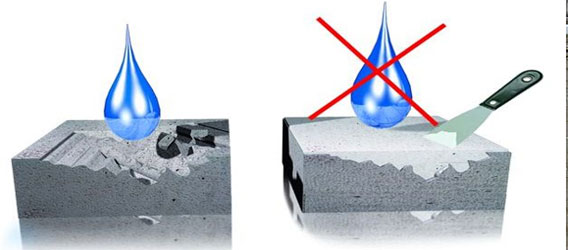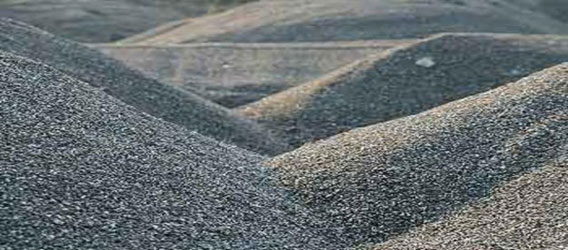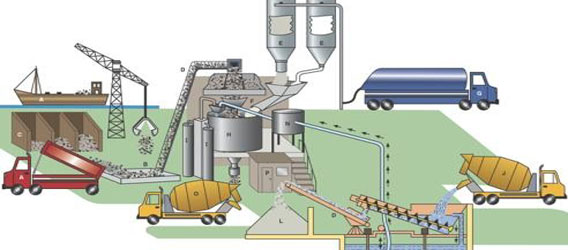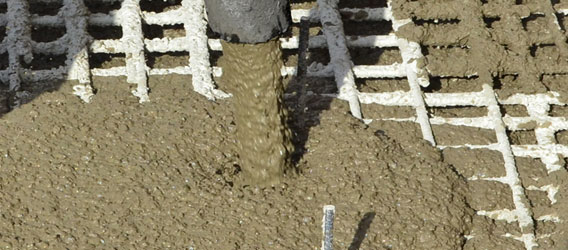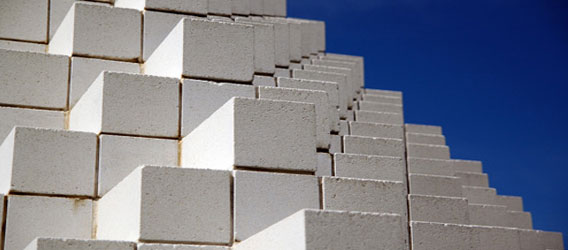 |
| Mastour Ready Mix is one of the major companies operating in the field of construction and reconstruction depends in its work |
Concrete is made up of five primary constituents.
- Water
- Cement
- Air
- Fine Aggregate (FA)
- Coarse Aggregate (CA)
FA, sometimes called “sand”, is composed of particles that pass the 4.75 mm (No.4) sieve. CA, or gravel, consists of particles retained on or above 4.75 mm (No.4) sieve. Well-graded aggregate, consisting of a wide range of FA and CA sizes, provides for efficient use of the water/cement paste. Since aggregate makes up most of the mix volume, it should consist of particles with adequate strength and resistance to exposure conditions.
Concrete
Concrete is a construction material that consists, in its most common form, of Portland cement, aggregate (generally gravel and sand) and water.
Concrete solidifies and hardens after mixing and placement due to a chemical process known as hydration. The water reacts with the cement, which hardens, bonding the other components together and eventually creating a stone-like material.
Concrete is used more than any other man made material on the planet. It is used to make pavements, architectural structures, foundations, motorways/roads, overpasses, parking structures, brick/block walls and footings for gates, fences, and poles.
Concrete powers over a $35 billion industry which employs over two million workers in the United States alone. Over 55,000 miles of freeways and highways in America are made of this material. The People’s Republic of China currently consumes approximately 40% of world cement production.

